Entry Type: Thing - Starting with P
Paddlefish
aka: Spoonbill Catfish
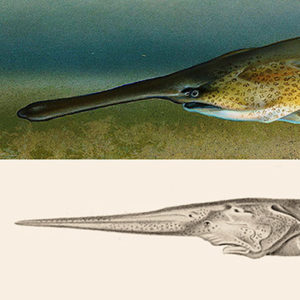 Paddlefish
Paddlefish
 Paddlefish Roe
Paddlefish Roe
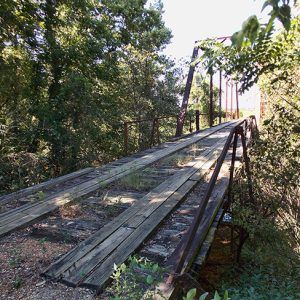 Padgett Island Bridge
Padgett Island Bridge
 Pageant Program, 1954
Pageant Program, 1954
Painted House, A
Palace Theatre
 Palaemonetes kadiakensis
Palaemonetes kadiakensis
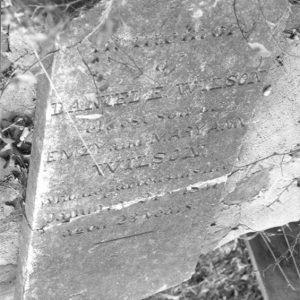 Palarm Bayou Pioneer Cemetery Grave
Palarm Bayou Pioneer Cemetery Grave
 Pale Purple Coneflower
Pale Purple Coneflower
 Pallid Sturgeon
Pallid Sturgeon
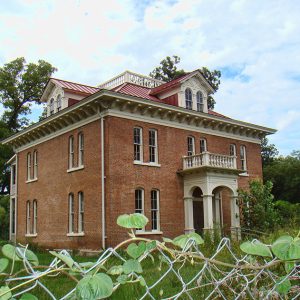 Palmer House
Palmer House
Palmer’s Folly
aka: John C. Palmer House
 Pangburn Suspension Bridge
Pangburn Suspension Bridge
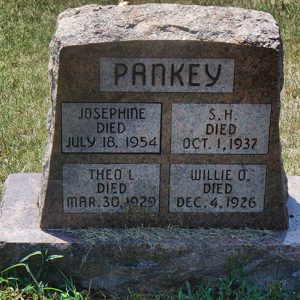 Pankey Gravestone
Pankey Gravestone
Paradise Lost
 Paradise Lost Poster
Paradise Lost Poster
Paragould Meteorite
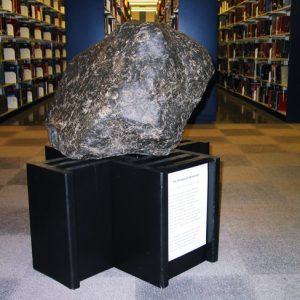 Paragould Meteorite
Paragould Meteorite
Paragould War Memorial
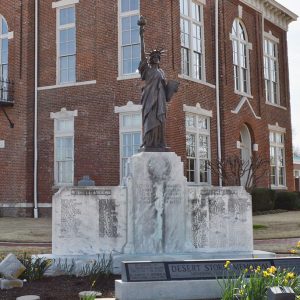 Paragould War Memorial
Paragould War Memorial
Parasitic Crustaceans
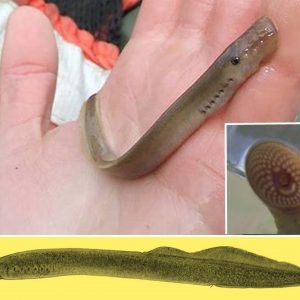 Parasitic Lampreys
Parasitic Lampreys
Paris Post Office
Park Hotel
Park-O-Meter
 Park-O-Meter
Park-O-Meter
Parks School House
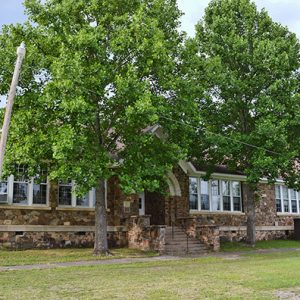 Parks School House
Parks School House
Paroling (Civil War)
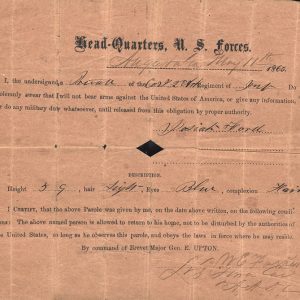 Paroling Document
Paroling Document
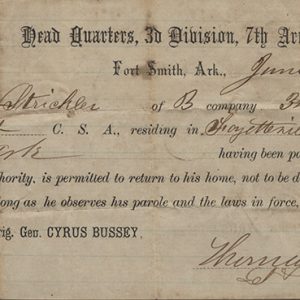 Paroling Document
Paroling Document
Pass the Ammo
Passenger Pigeons
aka: Ectopistes migratorius
 Pathfinder, Inc.
Pathfinder, Inc.
Patteson House
Pauropoda
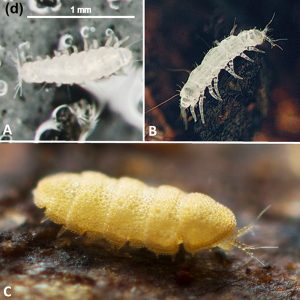 Pauropods
Pauropods
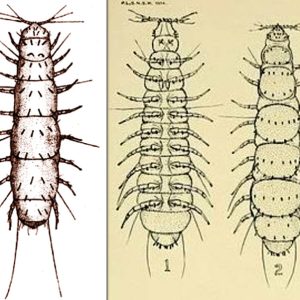 Pauropods Anatomical Structures
Pauropods Anatomical Structures
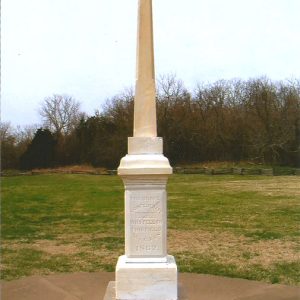 Pea Ridge Confederate Monument
Pea Ridge Confederate Monument
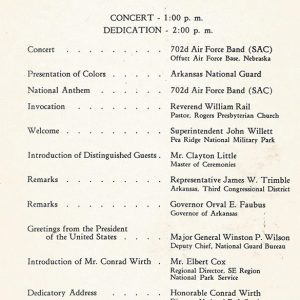 Pea Ridge Dedication
Pea Ridge Dedication
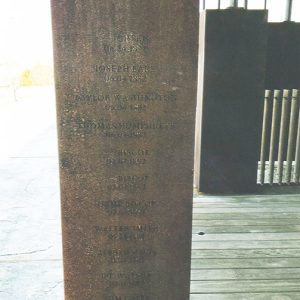 Peace Memorial
Peace Memorial
Peach Industry
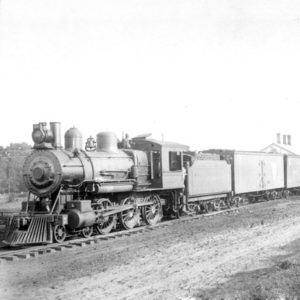 Peach Train
Peach Train
 Peach Sprayers
Peach Sprayers
Peake High School
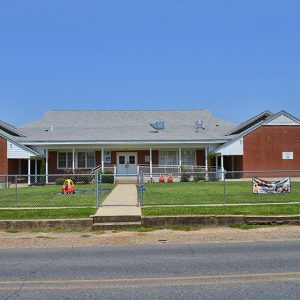 Peake High School
Peake High School
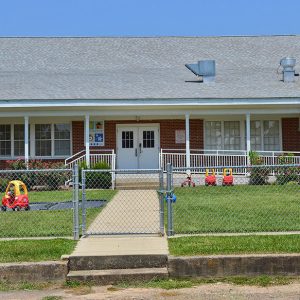 Peake High School
Peake High School
 Peake High School
Peake High School




